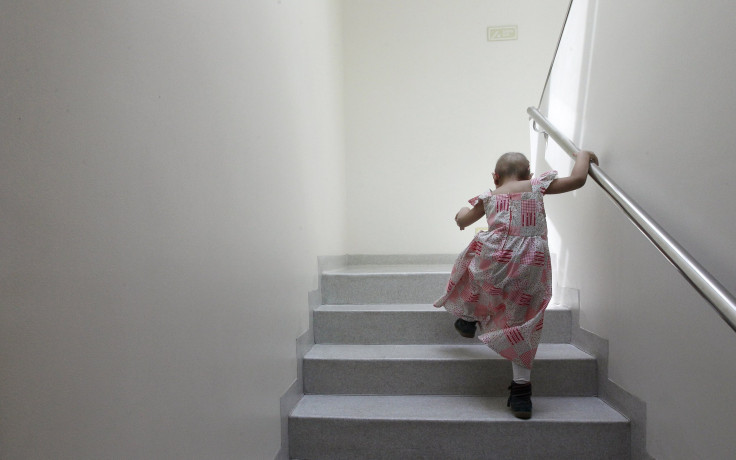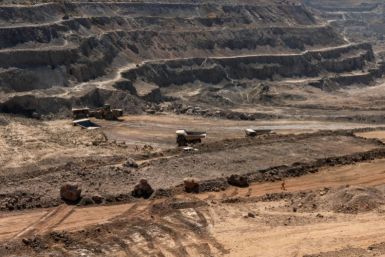Cancer Death Rate Declines But Health Agency Expects Thousands To Be Diagnosed, Die In 2025 In AU

In 2025, 56,265 Australian are expected to die from cancer, while 126,800 more will be diagnosed with the ailment. But the Australia's health and welfare agency Australian Institute of Health and Welfare, or AIHW, points out that cancer-related deaths are actually declining in Australia as a result of the government's early detection and advanced treatments of the disease. The agency suggests the decreasing cancer death rates will continue over the next decade, and said that it would help plan future services for the patients to prevent further increase of the figures.
The agency, in a press release, reported the cancer death rates of Australian citizens declined from all cancer diseases, including bowel cancer, prostate cancer in males, breast cancer in females, lung cancer and melanoma of the skin, from 199 deaths per 100,000 people recorded in 1968 to 167 per 100,000 in 2012. AIHW added the declining rate will continue in 2013 and 2025, particularly separate cancer death rates on men and women.
The release indicated the mortality rate, or death rate, will continue to decrease from an estimated 214 to 183 deaths per 100,000 males, and from 135 to 120 deaths per 100,000 females estimated by AIHW. The decrease, according to Cancer Council Australia's Director of Public Policy Paul Grogan, was a result of the government's evidence-based prevention, early detection and treatment advances of the disease.
Death rate measures the number of deaths caused by a general or specific factor in a particular population at a certain period of time. In 2011, a total of 118,711 people were diagnosed with cancer or a rate of 484 cancer cases per 100,000 persons. While in 2012, when the rate began to decline, 43,039 persons died with cancer, accounting for 29.3 percent of all deaths in that year, according to AIHW's Cancer Mortality Trends and Projections: 2013 to 2025.
Thirteen cancer-related diseases were listed on the top 20 leading causes of death for all deaths registered in 2012 in Australia, including trachea, bronchus and lung cancer, colon, sigmoid, rectum and anus cancer, blood and lymph cancer, prostate cancer, breast cancer, pancreatic cancer and skin cancers, according to the Australian Bureau of Statistics, or ABS.
The AIHW stated the recent report of the decreasing mortality rate was based on total cancer incidence and total cancer survival. The estimated rates were guided by rates of individual cancers, particularly the most commonly diagnosed bowel cancer, prostate cancer, breast cancer, lung cancer and melanoma of the skin.
But the agency said, with the decreasing mortality rate, the number of actual cancer-related deaths is predicted to rise due to the ageing and increasing size of the population. An increase from 25,580 in 2013 to 32,010 of men are expected to die of cancer in 2025, while the number of females dying from cancer is expected to increase from 19,450 to 24,250 over the same time period.
With the vast rate of estimated cancer-related deaths in a decade, CCA's director of public policy urged the government to work to prevent cancer. "While we should celebrate our achievements, we are still facing a projected 56,000 Australian cancer deaths in 2025 … around 120,000 Australians are being diagnosed with cancer each year, and we need to care and support all of them, and do more to prevent cancer," Grogan said.
The AIHW spokesperson, Justin Harvey, stated estimating cancer mortality is important in the future of Australian population "to help plan future services" for cancer patients. The data on cancer mortality and predictions on specific tumours showed the government's accomplishment and where it needs to do more, Grogan stated in a report from CCA.
However, with the total estimated rate and predictions, many other factors need to be considered that may affect cancer-related deaths in the future, "some of which cannot yet be taken into account when preparing these estimates," Harvey stated. Changes in diagnostic practices, different management and treatment options, as well as changes in underlying risk factors in the population have the potential to lead to unexpected shifts in incidence and may "alter the future death rates from those we have projected."
The projections, according to Harvey, are not "exact forecasts, but give an indication of what might be expected." Current assumptions remaining valid into the future will be used for changes, he noted.
To contact the writer, email: darwin.malicdem@ibtimes.tunemedia.biz






